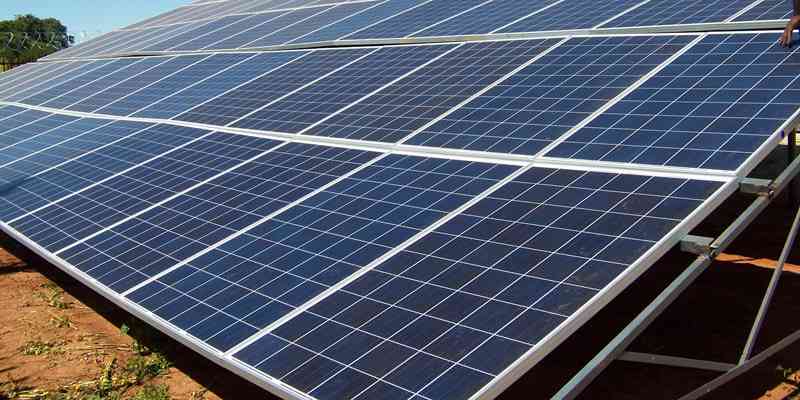
DEVELOPMENT Partner Assistance (DPA) will provide US$9, 8 million to improve the distribution and transmission of power, solarisation and green energy sources next year, it has been revealed.
In the 2024 Zimbabwe Infrastructure Invest Development plan, presented last week, Treasury revealed that renewable energy projects was one of the main priority areas of the proposed $10 trillion investment plan.
This, Treasury explained, is to support the energy sector that has seen its contribution to national energy efficiency decline over the years due primarily to a lack of funding.
The renewable energy need comes as despite having an energy demand of between 1 800 megawatts (MW) to 2 000MW, with the country averaging 1 300MW to 1 600MW, albeit an improvement from less than 1 000MW.
“The sector is also expected to benefit US$9,8 million from Development Partner Assistance in 2024 towards improving the distribution and transmission of power, solarisation and promotion of green energy sources,” Finance, Economic Development, and Investment Promotion minister Mthuli Ncube said, in the proposed plan.
“Of this, US$3,6 million is projected to be disbursed towards technical services and supervision consultancy and spillway gates refurbishment under the Multinational Kariba Dam Rehabilitation Project.”
He said an amount of US$1,3 million was projected to be disbursed in 2024 towards “Sino-hydro performance guarantee, completion of the outstanding social upliftment works at Sadoma Clinic, Slaughter Primary School & Karoi Old People’s home and social upliftment activities under the Alaska-Karoi Power Transmission Reinforcement Project.”
In that regard, Treasury will next prioritise the implementation of policy measures and conducive environment to enhance clean energy investments through independent power producers (IPPs).
- Renewables steal limelight in French polls
- Why we do what we do at AMH: Mafukidze
- Why we do what we do at AMH: Mafukidze
- News in depth: Zimbabwe’s push for shift to renewable energy sources gathers momentum
Keep Reading
“Through the Government Implementation Agreement for all solar IPP projects, the private sector has been provided with risk mitigation provisions that will enhance bankability of projects,” Ncube said.
“In addition, Government has encouraged off-grid renewable energy investments, private sector power-to-mine investments and direct importation from the region by high energy consumers that will help free up energy supply to other sectors.”
These support measures are also expected to proffer other immediate interventions that include the commissioning of small hydro and solar power stations which are expected to generate additional capacity of about 90 megawatt (MW) in 2024 through IPPs.
In 2025, an additional 296MW is expected to come on stream mostly from solar, hydro and coal.
“For the provision of electricity, for example, while the traditional model of electrification relies on connecting large power plants to a dense grid, distributed generation and renewable energy may yield faster and often better outcomes for remote areas,” Finance, Economic Development and Investment Promotion permanent secretary George Guvamatanga said.
“In isolated areas, solar mini-grid systems offer an alternative to grid connection. The main lesson from this is that a bottom-up approach to infrastructure development can and should co-exist with large, centrally run projects.”
He added:“The current resource limitations require that implementing agencies rigorously adopt effective project appraisal approaches that ensure that the compendium of projects included in our annual infrastructure investment programmes have the highest economic and social returns that catalyses economic growth as well as entice private sector investments.”
Beyond 2025, some fiscal fuel projects are expected to come on stream with an additional 1 390MW.
“Feasibility studies have also been completed on a site with capacity of 374MW. This site will be developed through competitive procurement programme by ZETDC,” Ncube said.
To deal with the electricity supply deficit, government has approved a Roadmap Towards Electricity Self Sufficiency plan.
This plan embraces private sector investment in renewable sources such as solar and hydro, implementation of cost reflective tariffs and governance reforms at ZESA and its subsidiaries.







